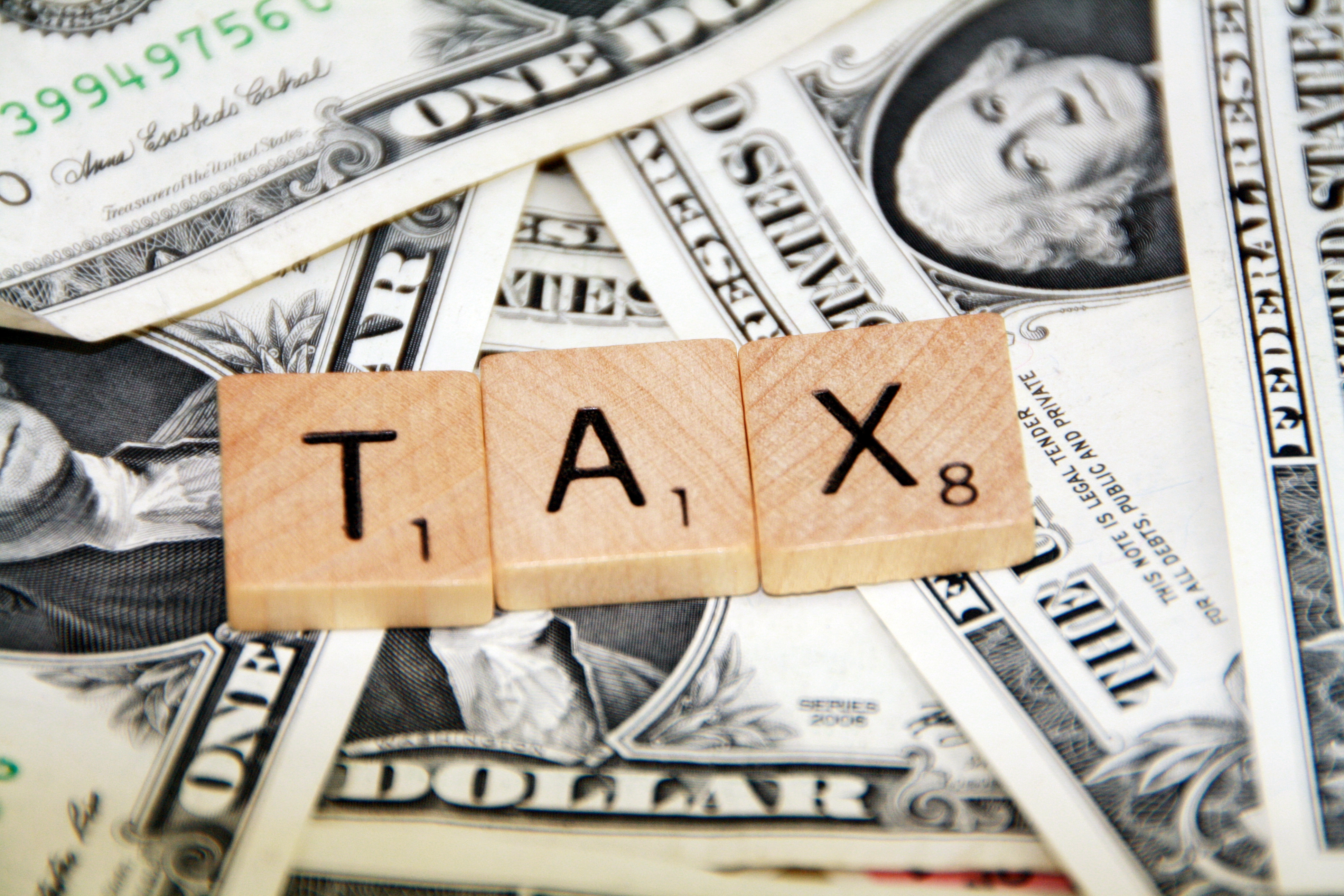The Ins and Outs of Estimated Income Taxes

Residents of Bloomer, Wisconsin who pay estimated taxes each year should stop by R&S Tax Service Inc. Here, R&S Tax Service Inc and his colleagues help tax payers navigate the often confusing road of estimated tax payments. Only the help of a tax preparer or an accountant can ensure that you are making the correct payments, on the correct dates. If you live outside of Wisconsin, we highly recommend that you find a tax professional in your state you can make sure you are paying the government what you owe, and not facing any penalties.
Are You Responsible For Estimated Taxes?
- If you are the employee of a business or company, you will not have to make estimated tax payments. This is because your employer already handles the task of withholding earnings from your pay. The earnings that are withheld for federal income taxes are then adjusted to your earned income when you complete your taxes.
- You will have to make estimated payments to the Internal Revenue Service if you are self employed or receive your income from another source, such as interest on investments. Those who receive income during the year from alimony and dividends must make payments, as do those who earn money from the sale of liquid or paper assets. All of these tax payers are required to make estimated tax payments, it is not a choice.
- Even for the standard tax payer who works a traditional job, there may be times when estimated payments are a necessity. This only happens, however, if you are certain in advance that you are going to owe the IRS more than $1,000 when tax time rolls around. Find a tax preparer to help you figure out if you are one of these unique tax payers who must make payments.
Making Your Estimated Tax Payments
- When you discover that you are a tax payer with estimated payment responsibilities, the onus is on you to get those payments into the IRS on time and correctly. The Internal Revenue Service expects estimated payments to be made on a quarterly schedule.
- Generally, the dates of payments are the 15th of January, April, June, and September. It is important that you remember those dates. Even if your payment is one day late, there could be serious financial consequences.
- The only exception to the date rule is if your quarterly payment date happens to fall on a bank holiday, but that is rare.
- Tax payers may mail their estimated payments into the IRS along with the 1040V Voucher Payment Form. The form must accompany your payment, and correlate to your given information. Your estimated quarterly payments may be sent as a personal check, money order, or business check.
Figuring Out Your Estimated Payments
- Estimating your income tax payments to the exact cent would require a crystal ball, it is just not feasible. Don't be discouraged, there are things we can do and information we can look at to get to a reasonably estimated figure. Estimating your owed amount, and then dividing that into four equal payments is the goal, a goal which will avoid you having to pay a penalty.
- The easiest way to estimate your owed income taxes for the current year is to look back at the money you had to pay last year. All things considered, your income and expense situation probably did not change too drastically, which means last year's numbers will be a close estimate.
- Tax payers should always make “safe harbor” payments on their estimated taxes. To do this, you must make every effort to pay 100% of your estimated total owed, through your quarterly payments. If you paid $6,000 to the IRS last year, you would estimate that much again, and make four payments of $1,500. This is a safe harbor payment plan. You are attempting to fulfill your obligation in a responsible manner. At the end of the tax year, in April, if the IRS calculates that you owe more money than was paid, they will not penalize you if you made safe harbor payments throughout the year.
- The only time I recommend making less than a safe harbor payment amount is if you know for certain that your income or expenses for the year are going to vary greatly from the previous year. Incredibly drastic income changes, such as the loss of work at the beginning of the calendar year with no other work to replace it, will obviously decrease your overall income significantly. In those cases, the tax payer may pay yearly estimated taxes at 90% of their previous payments.
What if You are Recently Self Employed?
- If you have recently started your own business or opened a company that is a sole proprietorship, you may want to consider using your current tax refund for your estimated payments. On your tax forms, you will have an option to place your tax refund into “savings”. Then, the IRS can draw your estimated quarterly payments from the savings you have accrued.
If you have more thoughts or questions about estimated tax payments, call us at R&S Tax Service Inc. Our staff are all experts at estimated tax payments, deadlines, and the avoidance of penalties. We can get you set up on a schedule that is easy and accurate.

